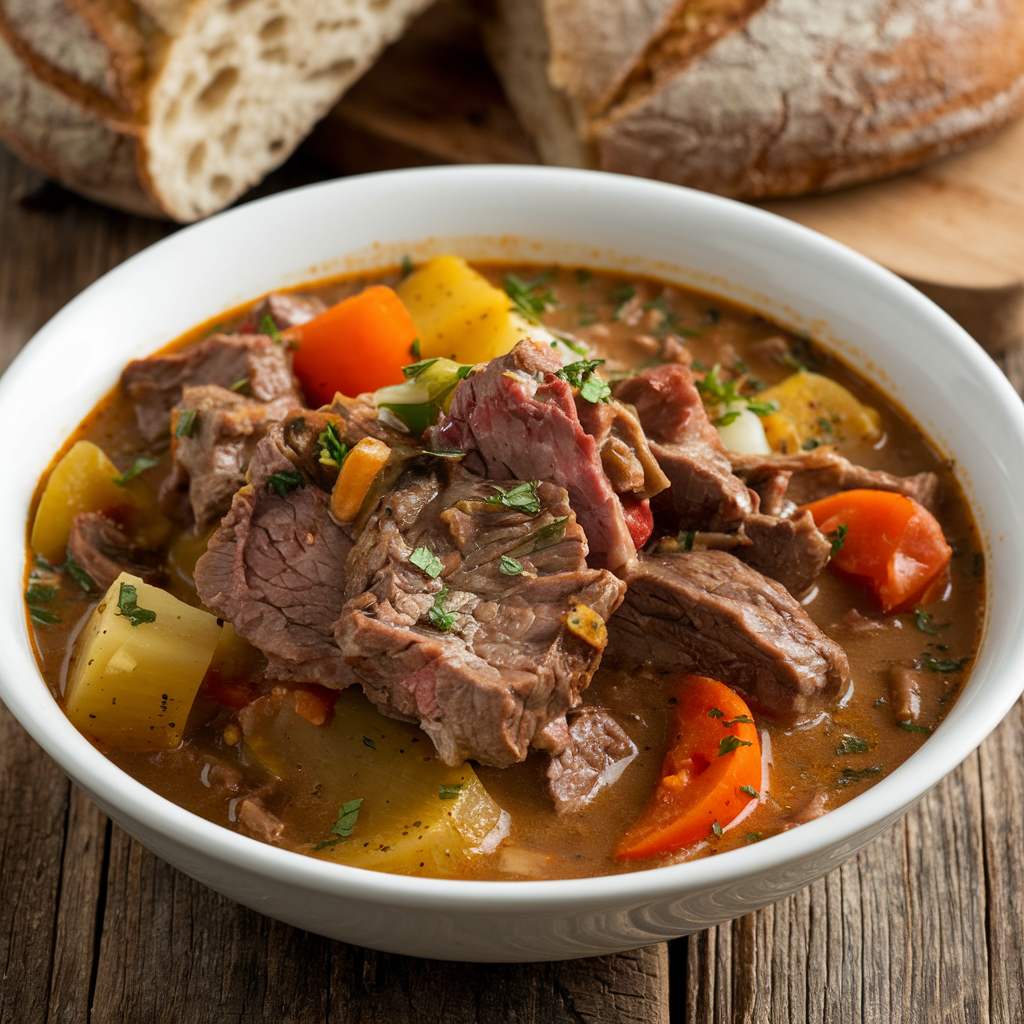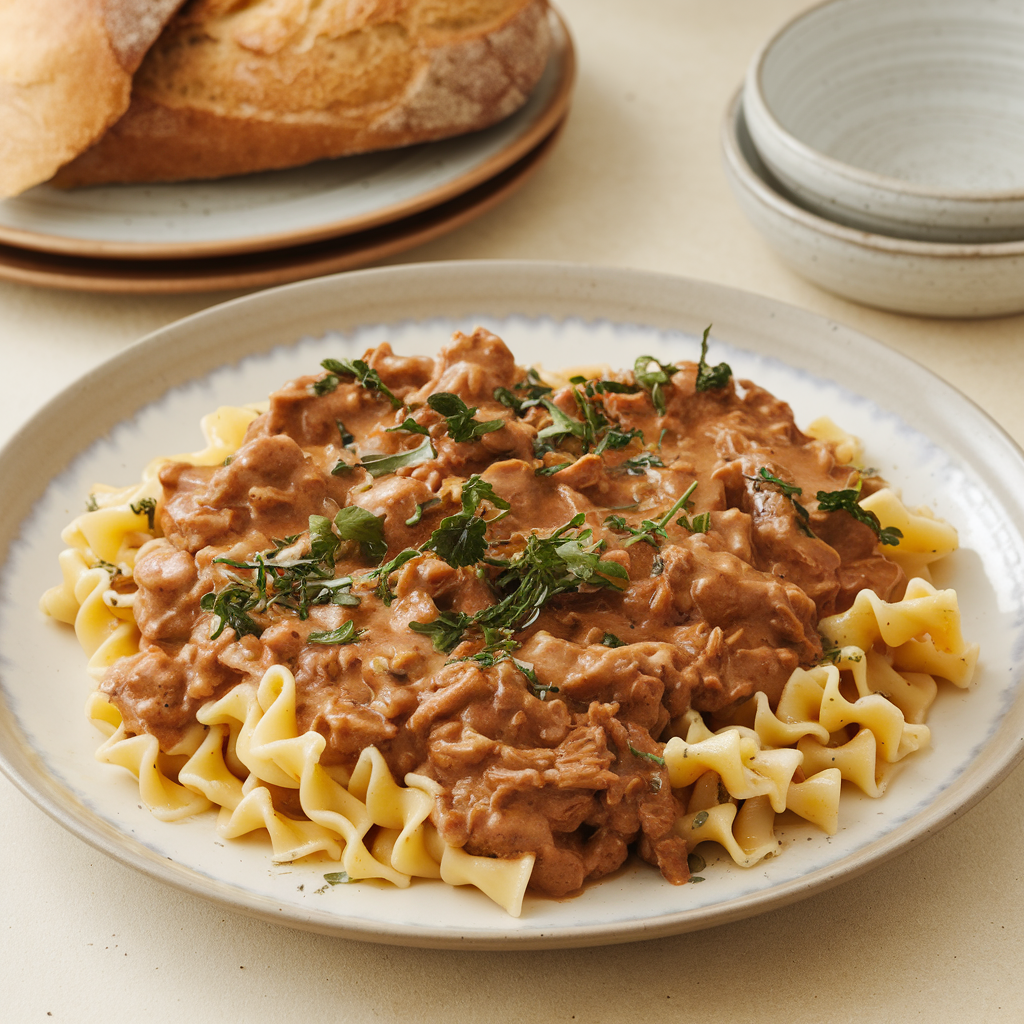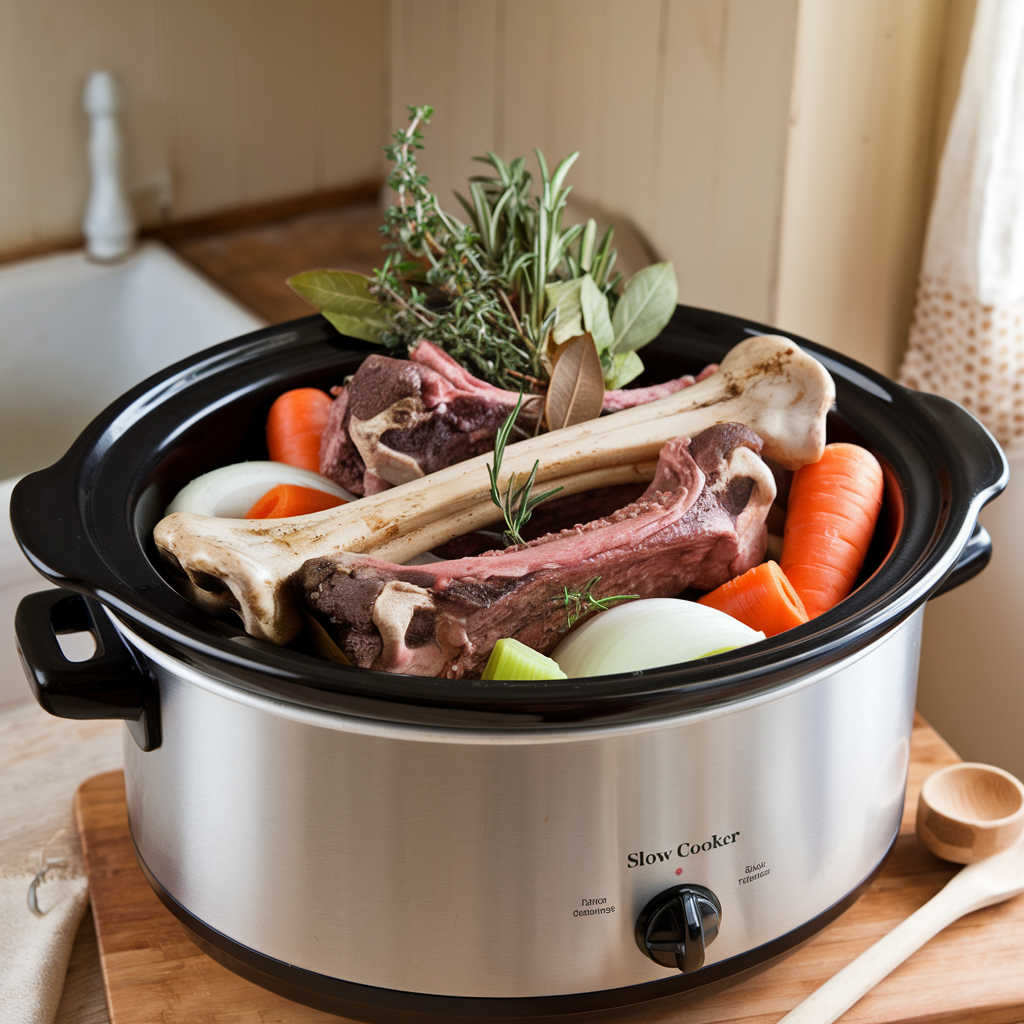Table of contents
- Introduction
- What is Beef Stock Liquid?
- Benefits of Using Beef Stock Liquid
- How to Use Beef Stock Liquid in Recipes
- Tips for Cooking with Beef Stock Liquid
- Common Mistakes to Avoid
- Conclusion
- Frequently Asked Questions (FAQs)
- Can beef stock liquid be used as a substitute for broth?
- How long does beef stock liquid last in the fridge?
- Is beef stock liquid gluten-free?
- Can I drink beef stock liquid on its own?
- How do I make beef stock liquid at home?
- What’s the best way to reheat beef stock liquid?
- Can I reuse beef stock liquid after cooking?
- How can I make beef stock liquid low-sodium?
- What dishes pair best with beef stock liquid?
- How do I know if beef stock liquid has gone bad?
Introduction
Beef stock liquid is a culinary staple that brings richness and depth to various dishes. Made by simmering beef bones, vegetables, and aromatic herbs, this liquid gold is a versatile ingredient that enhances the flavor of soups, stews, sauces, and more. Whether you’re preparing a hearty meal or elevating a simple dish, beef stock liquid can be your secret weapon in the kitchen. In this guide, we’ll explore the many ways you can use beef stock liquid to take your cooking to the next level.
What is Beef Stock Liquid?
Definition of Beef Stock Liquid
Beef stock liquid is a savory and nutrient-rich base made by simmering beef bones, often with a mix of vegetables like carrots, onions, and celery, along with herbs and spices. The slow cooking process extracts flavors, collagen, and nutrients, resulting in a liquid that serves as a foundation for countless recipes. It is commonly available in both liquid and concentrated forms in grocery stores.
Difference Between Beef Stock, Broth, and Bone Broth
While beef stock, broth, and bone broth are often used interchangeably, they have distinct differences:
- Beef Stock: Primarily made from beef bones, giving it a rich and gelatinous texture.
- Broth: Lighter and made mostly from meat, often seasoned and ready to consume.
- Bone Broth: Simmered longer than stock to extract maximum nutrients and collagen, often consumed as a health drink.
Understanding these differences helps you choose the right option for your cooking needs.
Benefits of Using Beef Stock Liquid
Enhances Flavor
Beef stock liquid is a powerhouse of flavor, capable of transforming a simple dish into something extraordinary. Its deep, rich taste adds a savory umami element to recipes, making it an essential ingredient for soups, stews, and sauces. Even a small amount can enhance the overall flavor profile of a dish, giving it a professional touch.
Nutritional Value
Packed with essential nutrients, beef stock liquid offers more than just taste. It contains minerals like calcium, magnesium, and phosphorus extracted from the bones during simmering. The gelatin from collagen provides health benefits such as improved joint health and better digestion, making it both a flavorful and nutritious choice.
Versatility in Cooking
One of the best things about beef stock liquid is its adaptability. It can be used as a base for hearty meals, an enhancer for light dishes, or a substitute for water in cooking. From enhancing the richness of gravies to bringing depth to vegetarian recipes with its bold flavor, its versatility is unmatched.
How to Use Beef Stock Liquid in Recipes
Soups and Stews

Beef stock liquid is a classic base for soups and stews. Its rich flavor provides depth to dishes like French onion soup, beef stew, and chili. Simply replace water with beef stock to create a more robust and hearty taste. For creamy soups, beef stock adds a savory foundation without overpowering the other ingredients.
Sauces and Gravies
Using beef stock liquid in sauces and gravies can elevate their flavor and texture. Whether you’re making a pan sauce for steak, a rich gravy for mashed potatoes, or a wine reduction, beef stock adds a silky, savory finish. Its natural gelatin helps thicken sauces, providing a luxurious consistency.
Cooking Grains and Pasta

Swap out water for beef stock liquid when cooking grains like rice, quinoa, or couscous. This simple substitution infuses the grains with flavor, turning a basic side dish into a standout component of your meal. Similarly, cooking pasta in beef stock creates a flavorful base for pasta dishes, especially when paired with a rich sauce.
Enhancing Meat Dishes
Beef stock liquid can be used for marinating and basting meat dishes. Marinate cuts of beef or lamb in a mixture of beef stock and your favorite seasonings to tenderize the meat and enhance its flavor. Use beef stock as a basting liquid for roasts to keep the meat moist while adding layers of flavor.
Stir-Fries and Casseroles
In stir-fries, a splash of beef stock liquid can create a quick and flavorful sauce when combined with soy sauce, garlic, and ginger. For casseroles, mixing beef stock with the base ingredients adds moisture and depth, ensuring the dish remains juicy and flavorful after baking.
Tips for Cooking with Beef Stock Liquid
Selecting Quality Beef Stock
Choosing a high-quality beef stock is crucial for achieving the best results in your recipes. Opt for homemade beef stock whenever possible, as it allows you to control the ingredients and flavor. If using store-bought options, look for stocks with minimal additives, no artificial flavors, and low sodium to ensure a cleaner and more natural taste.
Storing and Freezing
Proper storage is essential for preserving the freshness of beef stock liquid.
- Refrigeration: Store homemade or opened store-bought beef stock in an airtight container and use it within 3-4 days.
- Freezing: Pour leftover stock into ice cube trays or small containers for easy portioning. Once frozen, transfer the cubes to a freezer-safe bag, where they can be stored for up to 6 months. This allows you to defrost only what you need.
Adjusting Flavors
Be mindful of the seasoning when using beef stock, as it can be naturally salty. Taste your dish as you cook and adjust the seasoning gradually. If a recipe requires additional salt, add it toward the end of the cooking process to avoid over-seasoning. To enhance the depth of flavor, consider adding fresh herbs, spices, or a splash of wine to the stock.
Common Mistakes to Avoid
Overpowering Flavors
While beef stock liquid enhances the taste of your dishes, using too much can overpower other flavors. This is especially true in delicate recipes like light soups or vegetable dishes. Use it in moderation and balance it with other ingredients to maintain harmony in your dish.
Using Low-Quality Stock
The quality of your beef stock directly impacts the flavor of your recipes. Avoid stocks that contain artificial flavorings, excessive salt, or preservatives, as they can produce a flat or synthetic taste. Opt for high-quality or homemade beef stock to achieve a rich and authentic flavor.
Ignoring Dietary Restrictions
Not all beef stocks are suitable for every diet. For example, some store-bought stocks may contain gluten or additives unsuitable for certain dietary restrictions. Always read labels carefully or make your own stock to cater to specific dietary needs, such as gluten-free, low-sodium, or allergen-free options.
Conclusion
Beef stock liquid is a versatile and flavorful ingredient that can elevate any dish, from hearty soups to elegant sauces. Its rich taste, nutritional value, and adaptability make it a staple in both home kitchens and professional cooking. By understanding how to use it effectively and avoiding common mistakes, you can unlock its full potential and transform your recipes into culinary masterpieces.
Whether you’re using it as a base for stews, enhancing grains, or adding depth to gravies, beef stock liquid is an invaluable tool for any cook. Experiment with it in your kitchen and discover new ways to incorporate this savory ingredient into your meals. With the tips and techniques in this guide, you’ll be well-equipped to make the most of beef stock liquid in your cooking journey.
Frequently Asked Questions (FAQs)
Can beef stock liquid be used as a substitute for broth?
Yes, beef stock liquid can be used as a substitute for broth in most recipes. However, keep in mind that stock is typically richer and more concentrated than broth. If the recipe calls for broth and you only have stock, you might want to dilute the stock slightly with water to balance the flavor.
How long does beef stock liquid last in the fridge?
Homemade or opened store-bought beef stock liquid should be stored in an airtight container and consumed within 3-4 days if kept in the refrigerator. If you need to store it longer, freezing is a great option to preserve its freshness and flavor.
Is beef stock liquid gluten-free?
Not all beef stock liquids are gluten-free, as some store-bought options may contain gluten-containing additives or flavor enhancers. Always check the product label for a gluten-free certification or prepare your own stock at home to ensure it meets dietary requirements.
Can I drink beef stock liquid on its own?
Yes, beef stock liquid can be consumed on its own as a warm, nutritious drink. It’s especially popular as a comforting beverage in colder months or as part of a health-focused diet due to its nutrient content and collagen benefits.
How do I make beef stock liquid at home?
To make beef stock liquid at home, simmer beef bones with water, vegetables (like carrots, onions, and celery), and aromatics (such as bay leaves and peppercorns) for several hours. Strain the liquid and use it immediately or store it for later use. Homemade stock allows you to control flavor and salt levels.
What’s the best way to reheat beef stock liquid?
Reheat beef stock liquid over low to medium heat on the stovetop to preserve its flavor and texture. Avoid boiling it too rapidly, as this can break down its gelatinous consistency and affect the taste. If using frozen stock, thaw it in the refrigerator overnight or defrost it gently in the microwave before reheating.
Can I reuse beef stock liquid after cooking?
Once used in cooking, beef stock liquid should not be reused, as it will have absorbed fats, flavors, and potential contaminants from the dish. Instead, prepare fresh stock or use stored stock for each new recipe.
How can I make beef stock liquid low-sodium?
To make a low-sodium beef stock liquid, avoid adding salt during the cooking process. This allows you to control the seasoning when you use the stock in recipes. Store-bought low-sodium options are also available, but always check the label for hidden sodium sources.
What dishes pair best with beef stock liquid?
Beef stock liquid is ideal for rich dishes like beef bourguignon, shepherd’s pie, risottos, and gravy-based recipes. It also works well in soups, stews, and as a base for meat-based sauces, making it a versatile addition to your pantry.
How do I know if beef stock liquid has gone bad?
Spoiled beef stock liquid may have an off smell, sour taste, or unusual color. If it develops mold or a slimy texture, it should be discarded immediately. Proper storage in airtight containers in the fridge or freezer helps prolong its shelf life.

